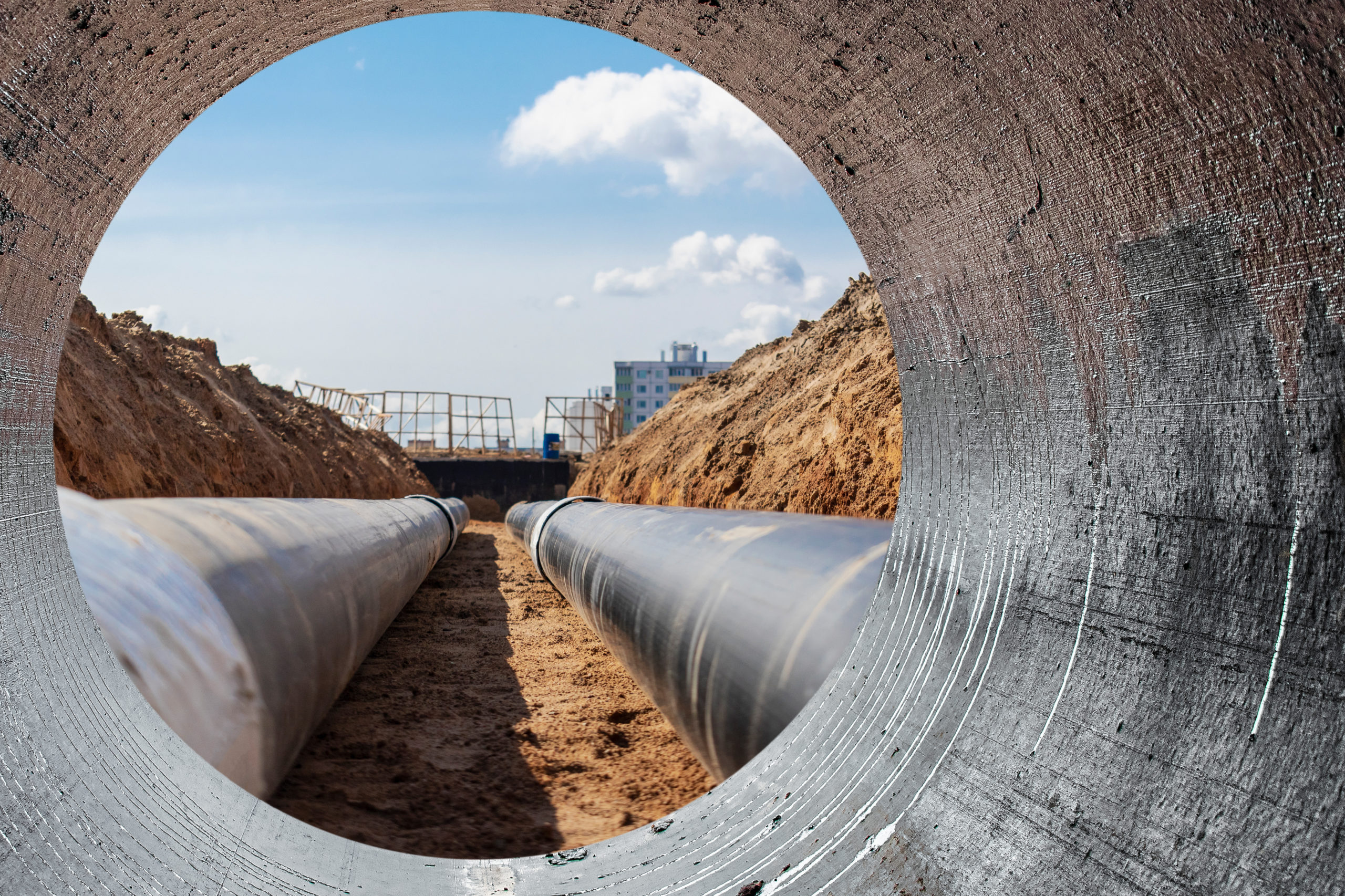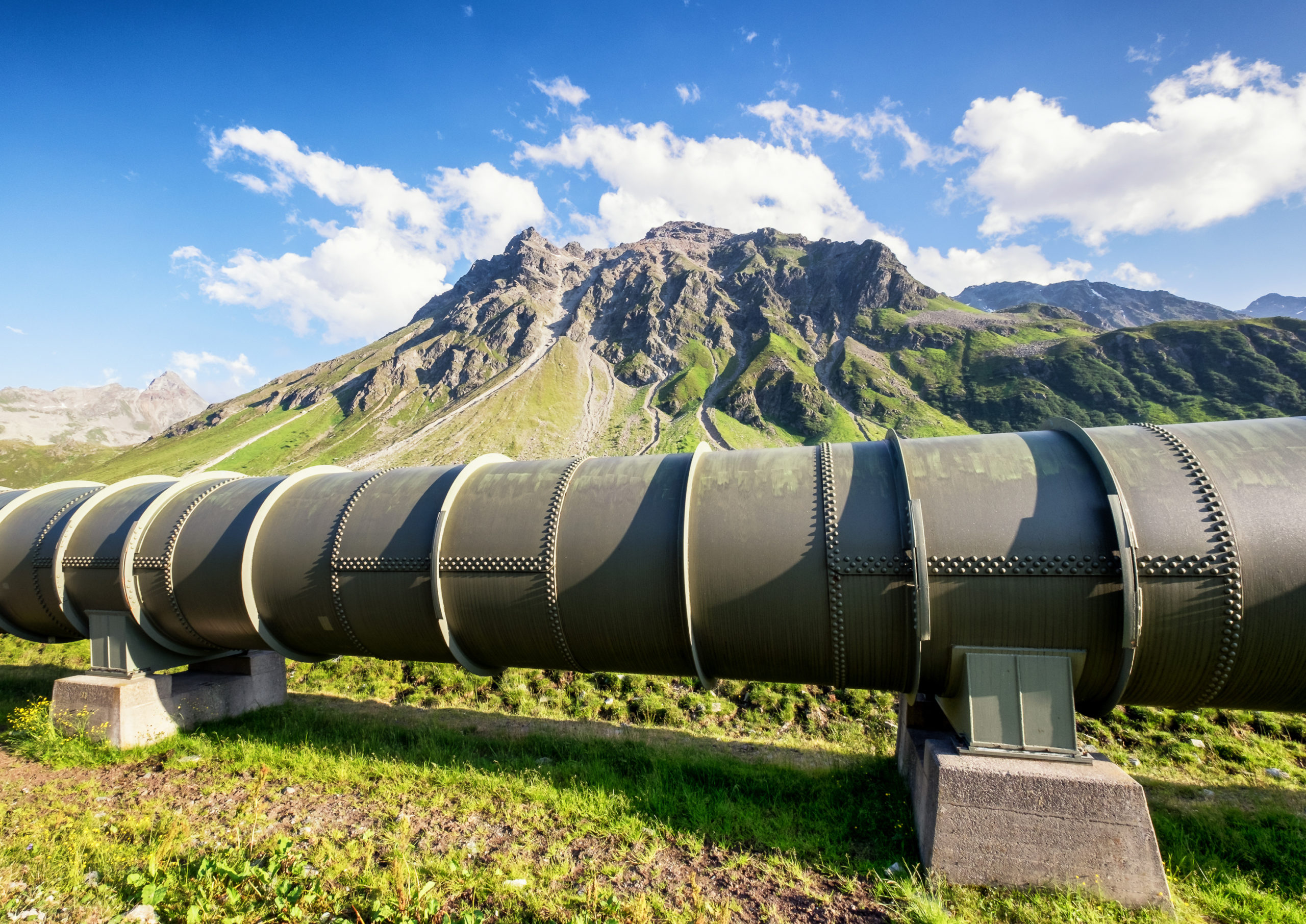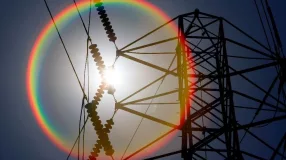Have you ever wondered why coffee beans are so aromatic and flavorful, or why some coffees taste different than others? have you ever wondered why some beans are light and others are dark?
To answer those questions, start with the roasting process. The roasting process, necessary for beans to be brewed into coffee, is where beans reach their full fragrant potential. When done right, the roasting process results in a a bold, tasty outcome.
While coffee beans begin the roasting process a greenish color, they transform into shades of yellow, gold and brown from the heat of the roaster. There are various types of roasters that help get beans to this desired state, but they all require a supply of high heat, nearly always supplied by natural gas. Natural gas is used in the combustion chambers of nearly all roasters because it’s a remarkably stable heat source. Heat stability is necessary to achieve an even roast and ensure great-tasting coffee, regardless of the type of roast.
As you grab your go-to coffee drink this fall season, whether a cappuccino, a pumpkin-spice latte or simple cup of joe, say a little thanks to the perfectly roasted bean – and the natural gas – that made it happen.







